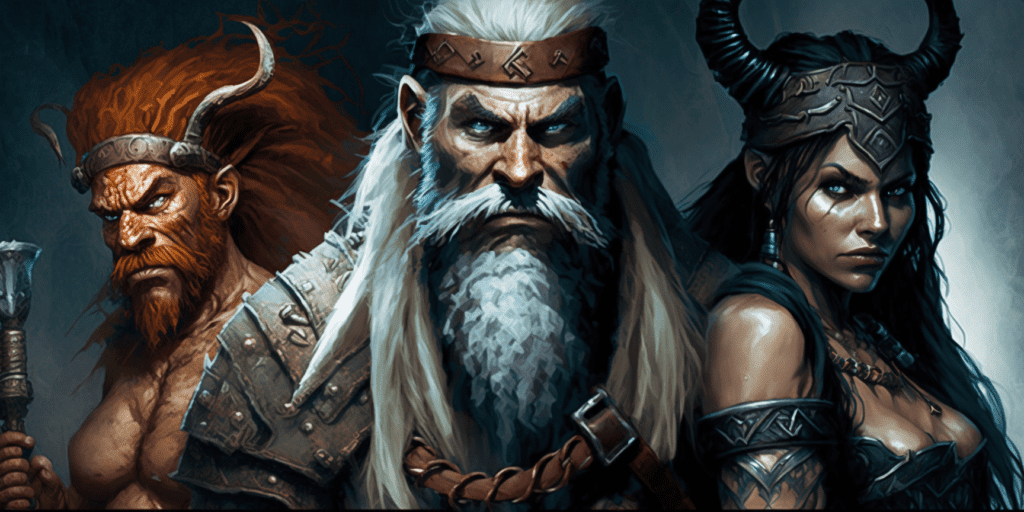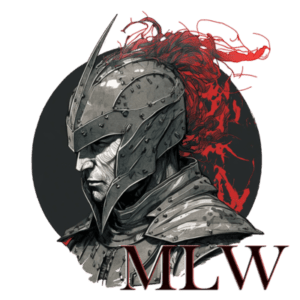Alignments in DnD are the moral and ethical attitudes of characters. They can vary a lot, from lawful good to chaotic evil. In DnD, characters take decisions constantly, and some of these decisions are moral and ethical dilemmas.
A lot of DnD players wonder if you can change your alignment as the game progresses. That’s what I’m here to discuss: Can you change alignments in DnD?
There is nothing in the rules that says that a character can not change alignment in DnD. Furthermore, alignments are not rigid. Instead, they are starting points for characters. As a character progresses, that character can change depending on what he/she does in the game. Ultimately, whether or not you want alignments to play a bigger part is up to your group and the DM.
Now you know that you indeed can change alignment in DnD. However, there are some things that you should keep in mind. Keep reading to find out what.
Can DnD Characters Change Alignment?
So, let’s get into the details of character alignment in DnD. First of all, there’s an item called the Balance Card, from the Deck of Many Things that can swap your character alignment, whether you want to or not.
The effect of the card reads as follows:
Your mind suffers a wrenching alteration, causing your alignment to change.
Of course, this is a unique effect, and the chances of you pulling the balance card (if all of the cards are in the deck) is 1/22, or 4.55%. And that’s when you have found the Deck of Many Things and decided to draw a card.
Changing alignment, in general, is very much up to the DM. If DMs want to keep alignments static or keep them out of the game even, they can do so.
However, a lot of DMs like the idea of changing alignments, because in a way, it’s a way of illustrating character development. Real people change their ways all the time, so why wouldn’t it be able to happen in DnD?
Your group should have a discussion about how you want to approach alignments. Do you want it to be dynamic, or just a quick summary of what your characters are about? That’s up to you guys.
If you choose to have alignments be dynamic and changeable, be careful. Players usually do not appreciate having their alignments changed on a whim. Make sure that alignments are changed after a pattern of behavior, not a one-off.
In DnD 5e, alignments aren’t as impactful as in earlier editions of the game. However, you can still include them if you want to.
How Many DnD Alignments Are There?

Let’s go through all of the DnD alignments so you can get an idea of what they mean. There are nine alignments in total.
- Lawful Good: A follower of law and order, with a strong moral compass.
- Neutral Good: A person with a strong moral compass that believes that some good lies outside the boundaries of law and order.
- Chaotic Good: A person with a strong moral compass, who isn’t particularly concerned with following laws and order.
- Lawful Neutral: A person who follows law and order, but doesn’t have very strong moral stances. Instead of taking decisions based on what is right and wrong, a Lawful Neutral person takes decisions based on what is allowed.
- Chaotic Neutral: Does not follow law and order, but does not break laws for any moral reasons. Characters with this alignment tend to act in their own interests.
- Unlawful Neutral: A morally neutral person who isn’t concerned with following law and order. These characters tend to act in their own interests.
- Lawful Evil: A person who follows law and order, but has twisted morals. Think Darth Vader.
- Neutral Evil: Characters who are Neutral Evil are neither for nor in opposition to laws, but break them if need be. Often for selfish or immoral purposes.
- Chaotic Evil: Chaotic Evil characters do not follow law and order, and they have twisted moral compasses. They follow their own often wrongful desires regardless of the law.
How Can DnD Alignments Be Used?
How do alignments influence the game of DnD in practice? Are they just ways of helping us understand our characters, or do they contribute to something in practice?
When alignments were introduced to DnD, they were made to help players roleplay better. They also had more practical functions in earlier versions of DnD, but in DnD 5e they don’t.
Alignments can still be used in modern DnD, but it comes down to if you want to or not. For example, if you feel unsure of how you should act, look to your alignments.
Here are some of the things that alignments reasonably should influence:
- How far is your character willing to go to reach a goal?
- What isn’t your character willing to do to reach a goal?
- Is your character prepared to compromise the safety of innocent people?
- Is your character prepared to compromise the safety of your party for its goals?
The alignments can be used to great effect in character progression, as well. Maybe your character starts out as lawful but gets more neutral towards the law after your adventures.

